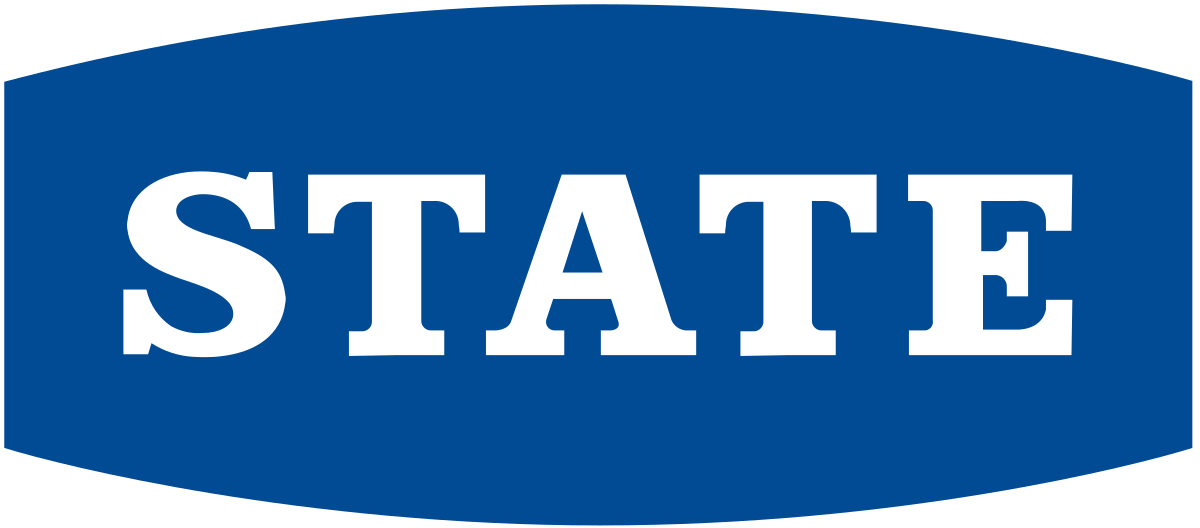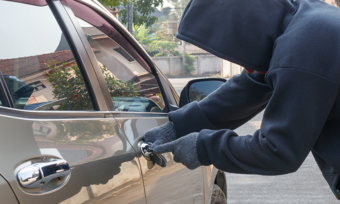What does car insurance cover?
Your level of cover depends on what type of insurance you have. The most common levels of insurance are:
Third Party: this is the lowest tier of car insurance, and focuses on protecting others rather than yourself or your vehicle. Third party insurance can cover the cost of damage to the other person’s vehicle or property in the event of an accident. As it offers the lowest level of coverage, third party insurance is the cheapest form of car insurance.
Third Party, Fire and Theft: this is a step up from third party insurance, and provides cover for your vehicle in the event of theft or fire. You’ll also still be covered for damage to a third party’s vehicle/property. However, your car is only covered if it stolen or damaged by fire, not if you have an accident.
Comprehensive: the most comprehensive insurance for a vehicle, covering accidental damage, in addition to third party, fire and theft cover.
What to do before contacting your provider in the event of an accident
- Ensure safety: first and foremost, make sure everyone involved in the accident is safe. If there are any injuries, call emergency services immediately.
- Exchange information: exchange insurance information with the other driver(s) involved in the accident. This includes names, contact details, insurance policy numbers, and vehicle information.
- Document the scene: take photos of the accident scene, including damage to vehicles, road conditions, and any relevant road signs or signals. This documentation can be crucial for insurance claims.
- Don’t accept blame: if your claim involves damage to someone else’s property, or injury to someone else, don’t admit fault. Instead, let your insurer assess the situation first.
How to make a claim
Here’s a simple breakdown of the steps you need to take to make a car insurance claim.
- Contact your provider: typically you’ll be able to find your insurer’s contact details on your insurance policy, or via a quick web search. Make sure you have any information you may need, such as your policy number and the other driver’s details. The sooner you reach out to your insurer, they sooner they can begin processing your claim. After you report the accident to your insurance company, they will provide you with a claim number and assign you a Customer Manager. This person will be your point of contact throughout the claims process. They’ll review your claim, address any questions or concerns you might have, and keep you updated on how your claim is progressing.
- If your car can still be driven: your insurer will ask you to visit a local mechanic for the damage to be assessed. Most car insurance companies will require you to choose a garage near you from a list of their approved repairers. If you have rental cover included in your insurance, your provider will arrange for a rental car while your vehicle is being repaired.
- If you car is repairable: your vehicle will be fixed by the repair shop. You will be contacted once it is road legal and safe to drive. Note: at this point you will be required to pay any excess not covered by your insurance cover.
- If you car can’t be fixed: your insurer will write-off the vehicle and pay you the agreed or market value, minus any excess, outstanding premiums and on-road costs.
→Related article: What Happens if Your Car is Written Off?
Once the above has been completed, your insurance provider will close your claim.
It’s worth noting that if your vehicle is a total loss and written off, you will need to arrange a new insurance policy for any replacement vehicle.
Compare car insurance with Canstar
About the author of this page
This report was written by Canstar Content Producer, Caitlin Bingham. Caitlin is an experienced writer whose passion for creativity led her to study communication and journalism. She began her career freelancing as a content writer, before joining the Canstar team.
Enjoy reading this article?
You can like us on Facebook and get social, or sign up to receive more news like this straight to your inbox.
By subscribing you agree to the Canstar Privacy Policy









Share this article